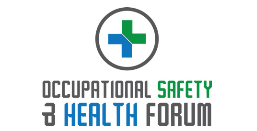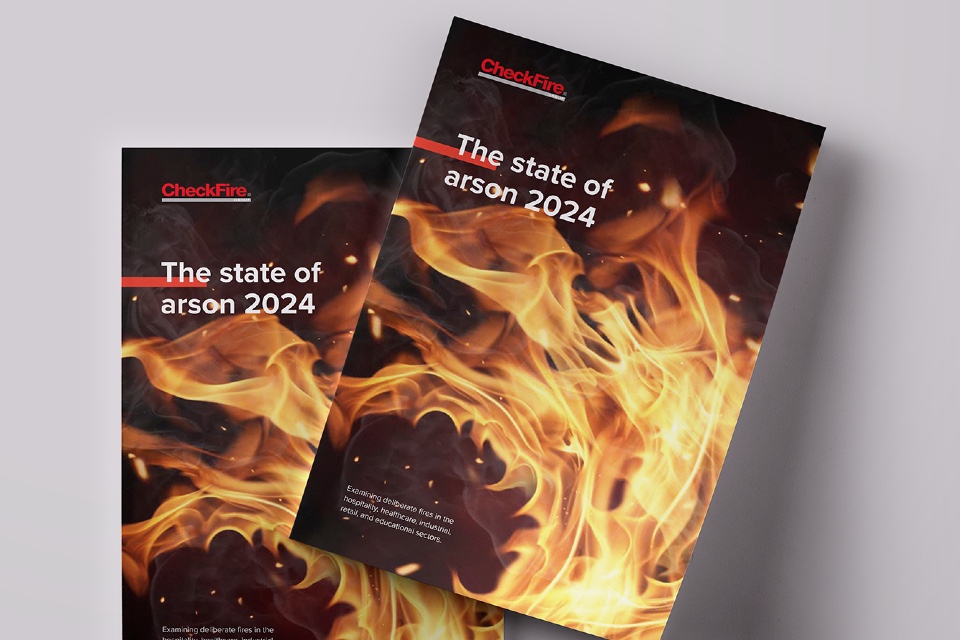Using coloured spots to highlight frequency touched points and introducing alternatives to staggered start and stop times were some of the examples of good practice carried out by schools in Scotland to ensure they are COVID-secure.
These are some of the examples of good practice discovered by Health and Safety Executive (HSE) inspectors after carrying out a programme of COVID-secure school spot checks in Scotland regarding the implementation of school reopening guidance.
Since August, a total of 500 schools have been contacted to check they are COVID-secure and compliant with the Scottish government’s school reopening guidance.
To give a representative sample of schools across Scotland, 16 local authorities were selected for the focus of the checks, and a proportionate number of primary schools and secondary schools were selected in each area. In addition, a sample of Additional Support Needs (ASN) schools and independent schools were also contacted.
Following the initial calls, HSE found around 80% of schools had a good understanding on being COVID-secure. Where levels of compliance were less certain in 100 schools, HSE undertook follow-up site visits.
Harvey Wild, Head of HSE’s Transport and Public Services Unit, said: “In our view the Scottish government’s school reopening guidance was very good quality, and was viewed positively by schools in what can only be described as very challenging circumstances.
“It appeared to be flexible enough to be implemented appropriately in different settings and adapted to local circumstances ensuring most schools we contacted were COVID-secure.
“The majority of schools in Scotland reacted very quickly to implement new measures. For those schools where compliance was less certain, formal spot inspections were carried out by a team of HSE inspectors.
“This enabled the inspectors to go to the schools and see what COVID-secure measures were in place so they could then offer formal advice and guidance where needed.”
All the HSE spot inspections at schools in Scotland were completed by the beginning of October and, based on the inspections undertaken, HSE found no need for any formal interventions requiring improvement. Any areas of concerns were dealt with by verbal advice.
Our inspectors did find some common areas of concern where schools needed to make changes. This centred around social distancing in staff room areas, cleaning regimes and ventilation in school buildings.
For ventilation, most schools were relying on windows and doors being open for long periods of time and HSE’s feeling was that schools/local authorities may need to conduct a simple risk assessment of fresh air in schools. In light of this the Scottish Government developed further guidance to assist schools – see www.gov.scot.
Wild added: “While highlighting some areas of concern to schools, our inspectors also found some novel and new examples of good practice.
“Regarding social distancing, one primary school had considered replacing the two metre lines to separate teachers from pupils with a painting of a river, to help pupils understand the concept of not crossing it.
“Another school introduced creative alternatives to staggered start and stop times by using multiple exits at the same time. This prevented parents waiting for long periods of time at the school gate.
“These examples show how well most schools have adopted COVID-secure measures, but there can’t be room for complacency. Ensuring a school has measures in place to manage any COVID risks can only benefit the health of the local community they serve.”







